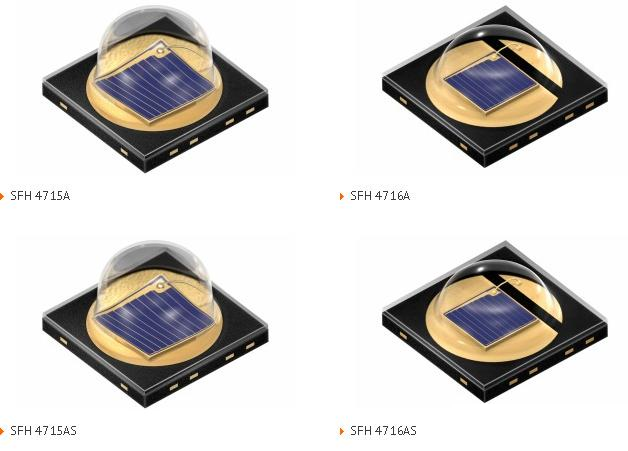A: The material is Nickel Metal Hydride (NiMH) which has many advantages over other battery construction materials.
A: Older generation and batteries with other chemical make-up were subject to a memory effect. This is when a battery must be fully drained before recharge or their capacity is reduced. The New Generation of NIMH batteries do not develop a memory effect and can be recharged at anytime during usage cycle. When uncertain about battery charge level or condition, recharge it.
A: This is a rating of energy storage capacity mAh = [milli-ampere hours". So if you are comparing batteries to a AA with a 2000 mAh rating, it will have twice the capacity of a 1000 mAh rating.
A: Most all applications where there is a high energy consumption and demand, is where NiMH belongs. The most popular applications are digital cameras, flashlights, and toys. If you find yourself constantly buying alkaline batteries for an application, then you should consider using rechargeable NiMH.
A: Lower capacity rechargeable AA batteries of 1700 up to 2000mAh can be recharged up to 1000 times in overnight slow charge mode, while 2100 to 2400 mAh rechargeable batteries can be recharged up to 600 to 800 times in overnight slow charge mode.
The new higher capacity AA 2500 mAh rechargeable batteries have greater power capacity, but they can only be recharged approx 500 times in the overnight mode. Capacity improvement or quick charging will always decrease the number of cycles. Every cell available on the market above 2100 mAh will have below 1000 charge cycles.
A: Any situation where the battery is not used within a 30 day period or low energy draw devices, for example smoke alarms, emergency flashlights, clocks, TV remotes, etc.
A: NiMH batteries self discharge about 1% per day so if used in a low energy consummation or stand-by device, the battery will only last about 90 days before requiring recharge.
A: Yes, the mAh rating will give you longer run times between recharges. The higher rated mAh of a battery has no effect on electronic devices other than they allow longer term use.
A: In fact, over the course of their discharge, alkaline batteries actually average about 1.2 volts. The main difference is that an alkaline battery starts at 1.5 volts and gradually drops to less than 1.0 volts. NiMH batteries stay at about 1.2 volts for almost 80% of their discharge cycle. Once alkaline batteries discharge to 50% capacity, it will be delivering a lower voltage than a NiMH battery.
A:
A: Yes, but nothing drastic. About 10 to 15% of the battery mAh capacity will be lost at the 400 to 800 recharge level. This will vary greatly because of battery and charger quality, along with how the consumer treats their batteries.
nimh battery,Ni-MH Prismatic Battery,Nickel Metal Hydride (NiMH),Lower capacity rechargeable AA batteries Shenzhen Glida Electronics Co., Ltd. , https://www.szglida.com
Its compact package and integrated lens enable a compact layout with extremely high power density. IR OSLON Black is ideal for applications such as CCTV, machine vision, night vision or license plate recognition systems.
With IR OSLON Black, OSRAM Opto Semiconductors has consolidated its position in the field of infrared lighting and has expanded its product range by increasing the power level. IR OSLON Black uses nano-stack technology, which has a typical optical power of 2000mW at 1.5A operating current. IROSLON uses an uncoupled lens with an emission angle of +/-45° or +/–75°, and the output power is 25% higher than that of a lensless component. The stable temperature and compact package help achieve extremely high power density in a compact layout. 
Figure - OS OSLON Black Series LEDs from OSRAM Opto Semiconductors
IR OSLON Black combines the latest in chip technology with an excellent package. Even at high drive currents, the service life can easily reach 50,000 hours.
Features:
1. High efficiency infrared light source;
2, very compact SMT package with integrated lens (3.85 × 3.85 × 2.29mm3 or 3.85 × 3.85 × 1.51mm3), suitable for dense combination;
3. Low thermal resistance;
4, the wavelength is suitable for CMOS / CCD camera solution;
5, outstanding corrosion resistance;
6. Available in versions with nano-stack (Nanostack) technology (SFH4715AS, SFH4725S, SFH4716AS and SFH4726S);
7. Available viewing angles +/–45° and +/–75°.
application:
1. IR OSLON Black is suitable for any application requiring high power infrared light source;
2. Monitoring system, CCTV;
3. Machine vision system;
4. Traffic license plate recognition system and charging system;
5. Biometrics for access control and identification;
6, night vision system. 
Q: What does NiMH stand for?
Q: What is meant by battery memory?
Q: What is the mAh rating mean?
Q: What is the best application for NiMH batteries?
Q: How many times can a nimh battery be recharged?
Q: What applications are not good places to use NiMH batteries?
Q: Why won`t NiMH batteries work in some applications such as smoke alarms?
Q: Can I use a higher rated mAh battery in my electronic device (i.e. 1800mAh vs. 2000mAh)?
Q: Why are AA and AAA batteries rated at 1.2 volts and alkaline batteries rated at 1.5 volts?
Q: What you NEVER want to do with replaceable batteries?
Q: Do NiMH batteries lose capacity over time?
Among the existing infrared LEDs with optical power exceeding 1W, OSRAM Opto Semiconductor's IR OSLON Black is currently the smallest.